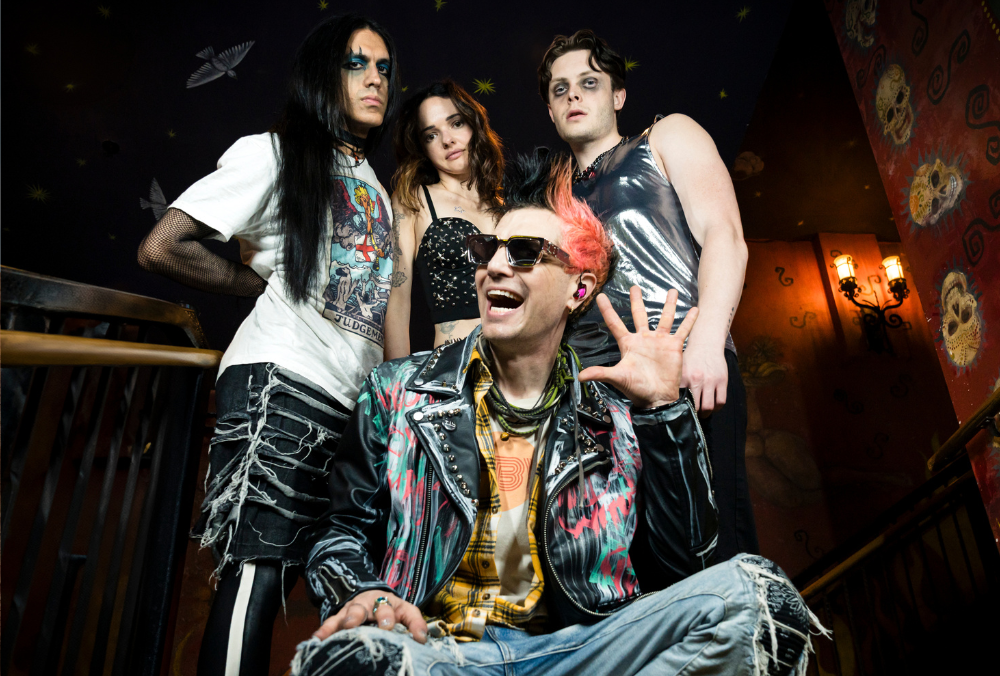It’s no secret that the anime version of Sailor Moon, which began its run in 1992, revolutionized the magical-girl genre. The English adaptation, produced in an attempt to capitalize on the success of the American live-action Mighty Morphin Power Rangers, also defined an entire generation of overseas anime fans. Although the series was far from the first magical-girl anime to appear, it is widely understood as being the first to introduce the concept of a group of magically empowered schoolgirls to mainstream audiences.
An essential part of nearly every episode of Sailor Moon involves the transformation of the main cast from ordinary schoolgirls into magically-powered heroines. To 'power up' and obtain the special abilities needed to defeat their enemies, the main characters of most magical-girl titles must go through a specific transformation sequence, usually triggered by a key phrase and requiring a magical token of some kind, often some form of jewelry.
It also typically includes a long, symbolic light show in which time seems suspended for everyone else while the character is lifted into the air and spun around. She is then stripped of whatever everyday clothing she has been wearing and clothed in some new kind of uniform that begins forming from ribbons or magical energy.
After the transformation sequence is complete, the character is placed back on the ground in their newly empowered form, at which point they typically feel compelled to give a short speech in order to identify themselves to the enemy (along with anybody else who may be watching).
This classic example of the magical-girl transformation scene is represented most clearly within Sailor Moon, although examples can also be found in other mainstream anime such as Tokyo Mew Mew, Cutie Honey, Princess Tutu, Wedding Peach, Kamikaze Kaitou Jeanne and Pretty Cure, just to name a few. However, there’s far more to this single minute or under of transformation sequence time than meets the eye, both in how these scenes are technically animated and what they imply symbolically.
While Sailor Moon and many other magical girl titles don’t necessarily have enormous production values, it’s clear that these kinds of transformation sequences are absolutely integral to their respective shows, and are animated in such a way that all intermediate movements are cut out. What remains for the audience to observe is one extended, uninterrupted sequence in which a character is taken gently up into the air and spun gracefully around in silhouette form, lending the scene itself a gracefulness that would be difficult to achieve in any live-action mode of expression.
To emphasize the sequence involving rapid movement while still maintaining its measured pace, the background appears to revolve along with the panning angles of the character, using differing shades and light patterns in a kind of pseudo-space motif. The transformation is thus convincing in terms of what is occurring story-wise; it’s not bogged down by physical or acting ability, nor hampered by use of special effects. Rather, the sequence works because of its very simplicity, not in spite of it.
Part of what made Sailor Moon particularly visually striking and influential at the time was its emphasis on ‘girl power.’ The heroines of the show provided a new kind of role model because it depicted girls who were assertive and empowered, yet still retained their femininity. While previous magical girls were cute and non-threatening entities such as angels, fairies or princesses, the cast of Sailor Moon are literally "pretty-girl soldiers," driving this point home to both their villainous counterparts and the at-home audience by ending their transformation in a character-specific pose reminiscent of a martial arts stance.
The cast of Sailor Moon could even be considered characters that merge both male and female energies into one form. While all are undoubtedly feminine in terms of body shape (even during purely silhouetted transformation sequences, an outline of their breasts are clearly shown -- at least in the original Japanese version), their masculinity can be seen first in their striking and commanding style of pose, and then in their aggressiveness in physically dealing with their enemies. They first transform via a rather soft and flowery scene, but immediately follow up on this by engaging in combat.
However, this is not the only thing that less than one minute of animated footage manages to convey. Although the non-explicit nudity within the transformation sequence may be seen by an outside perspective as a somewhat sexualized one -- perhaps something akin to fanservice -- it has its own significance in that the character is figuratively discarding her mundane and civilian identity and taking on an empowered, magical one. The nudity is representative of purity at its highest form; it signifies the heroine becoming worthy of her magical powers, as she must enter a magical, purified state in order to be able to wield them. In this case, nudity therefore denotes a stripping away of one persona or physical form to make way for another.
The same can be said for not only how the characters’ movements are animated as they transform, but also how they don’t move. Viewers will notice that whenever any transformation sequence occurs, characters seem to float with their heads back, eyes gently closed, and bodies completely static; their bodies revolve, but don’t actually move. This again emphasizes a kind of spiritual purity as the girls transform, as well as serving as a visual cue to their roles as feminine soldiers who are willing to sacrifice everything in the name of love and justice.
It’s therefore no surprise that the audience can see a strikingly similar grammar of expression whenever any main magical girl character falls due to an attack by a villain; they unerringly fall head-first, back arched at an almost impossible angle, and their bodies remain unmoving despite the force with which they’re thrown, which speaks not only of their femininity but also their vulnerability.
Despite transformation sequences now being ubiquitous to the magical girl genre, anime titles like Sailor Moon use them to excellent purpose, giving significance to both the technical and symbolic aspects of these scenes. They may be easy to dismiss as a way of simply padding episode time, but in truth, much more can be packed into less than a minute of footage than viewers might first guess.


